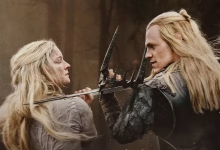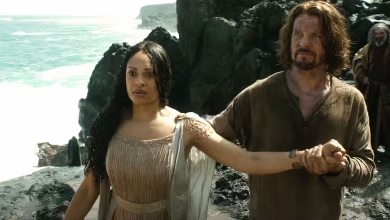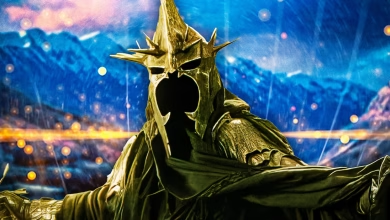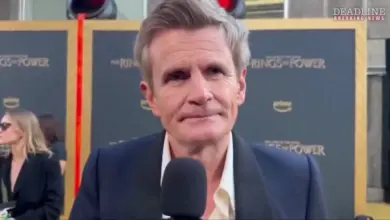5 Key Things Fans Can Expect to See in Rings of Power Season 3
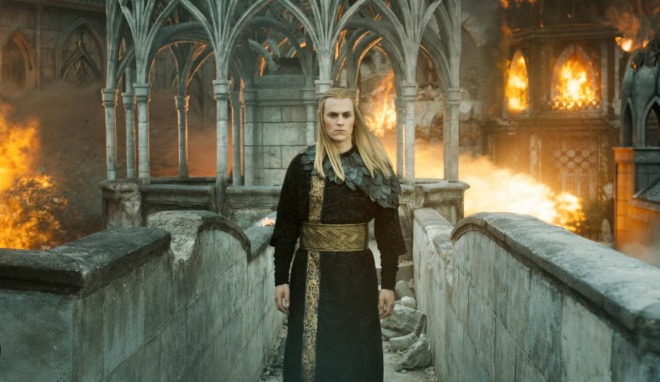
Prime Video’s adaptation of The Lord of the Rings, The Lord of the Rings: The Rings of Power, has always been an ambitious project, but its upcoming season faces its most daunting challenge yet. Amazon’s official announcement for Season 3 of Rings of Power revealed that the series will undergo a significant time jump, smash cutting into the War of the Elves and Sauron. It’s a notable change of pace from the series’ gradually unfolding conflicts of its first two seasons.
The bold creative decision brings about new possibilities for Rings of Power, but will also require the series to contend with complex canon considerations. As production begins at Shepperton Studios, targeting a 2026 release, Rings of Power, under the guidance of showrunners J.D. Payne and Patrick McKay, will need to find a fine balance between innovative television storytelling and Tolkien’s meticulously crafted mythology to achieve success. Grappling with Gandalf canon, new Sauron identities, and Stoors and Harfoots searching for a home, the expectations are high, and the possibilities are endless for Rings of Power Season 3. Still, fans should especially keep their eyes out for the potential plot points found below.
5. The Grey Wizard Dilemma: Gandalf’s Rings of Power Presence Reshapes Middle-earth History
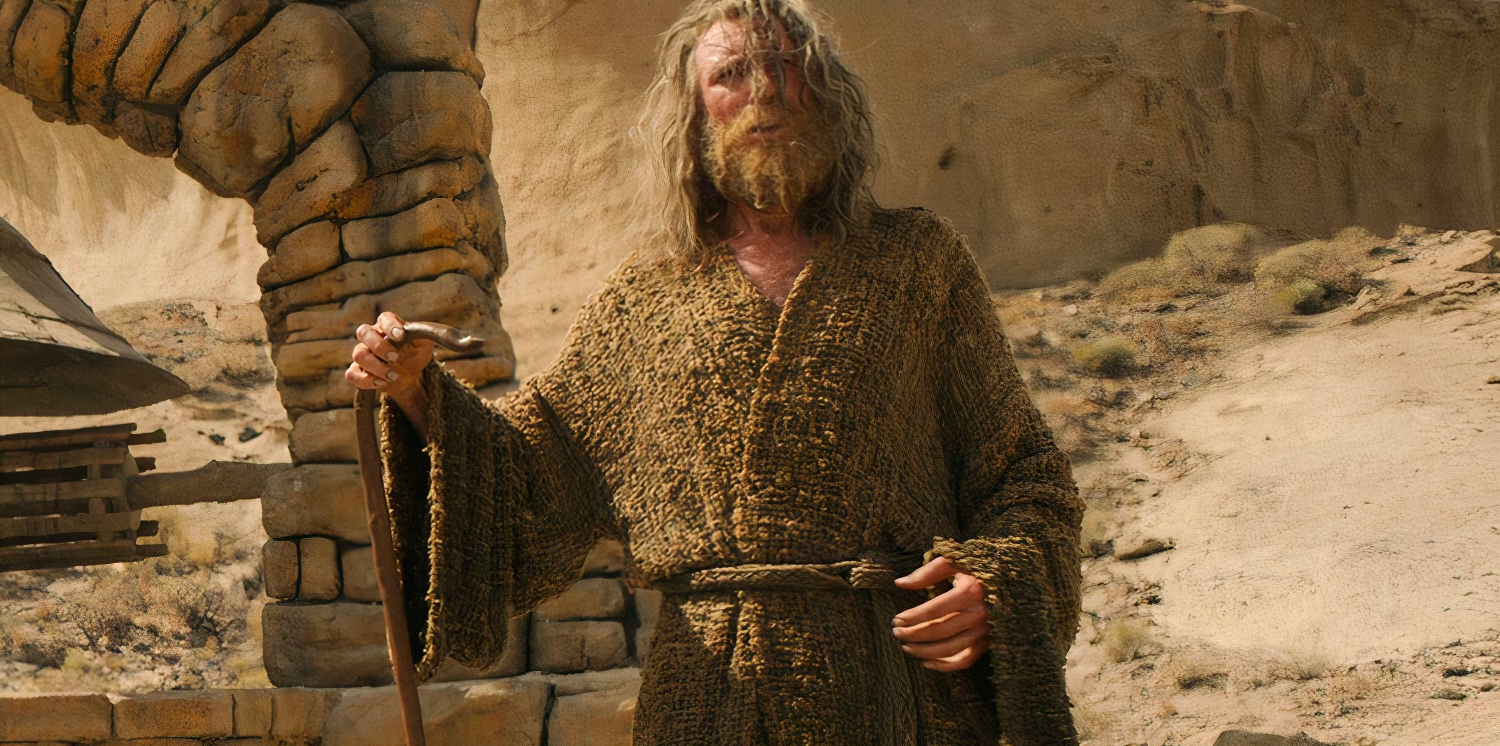
As subtle as a drunk Hobbit, Rings of Power Season 2 finally revealed that Daniel Weyman’s Stranger was, in actuality, Gandalf. The obvious twist still stirred controversy among Lord of the Rings fans, arguably the series’ most significant deviation from Tolkien’s established chronology. According to Tolkien’s original works, the Istari (including Gandalf), arrived in Middle-earth around Third Age 1000, sent by the Valar to stifle Sauron. Rings of Power’s decision to double down on placing Gandalf in Middle-earth during the Second Age, thousands of years before his canonical documented arrival, brings about countless questions that Season 3 will have to reconcile with.
“Jumping forward several years from the events of Season 2, Season 3 takes place at the height of the War of the Elves and Sauron, as the Dark Lord seeks to craft the One Ring that will give him the edge he needs to win the war and conquer all Middle-earth at last.”
– Exclusive logline for The Rings of Power Season 3, per THR
Gandalf’s presence becomes even more complicated considering the source material Season 3 is confirmed to explore. As Rings of Power moves into the War of the Elves and Sauron, McKay and Payne are tasked with explaining how the Grey Wizard maintained discretion, considering Tolkien’s extensive writings about this period make no mention of Gandalf or any Istari involvement.
Though inarguably tricky, the series could carve out its place in the larger Tolkien legacy if successful in explaining Gandalf’s early arrival, and how such a significant figure left no trace in the historical records. Gandalf is known to go by many names and is, famously, a friend of the Elves. Season 2’s finale saw Gandalf parting ways with his Harfoot companions, likely freeing him to aid his undying allies. One can’t help but wonder if, in a light mirroring of Sauron’s dark and manipulative shapeshift, Gandalf might alter his name and appearance to maintain anonymity while assisting the Elves.
4. Rings of Power’s Season 3 Time Jump Might Pave Way For Nazgûl

The Rings of Power Season 2 finale left Charlie Vickers’ Sauron in possession of the nine rings intended for mortal men, forged by Celebrimbor. The newly announced time jump creates the perfect conditions for revealing which established characters have fallen under the Dark Lord’s influence during the intervening years. Which mortal characters might eventually become Nazgûl kept fans abuzz throughout the first two Rings of Power seasons. With the time jump, viewers may return to Middle-earth only to find familiar faces already corrupted or in advanced stages of transformation. Characters like Miriel, Pharazôn, Kemen, and even Theo have been subject to intense fan speculation regarding potential ringbearer status.
Kemen, in particular, isn’t just a strong candidate for Nazgûl status but warrants speculation over his being the future Mouth of Sauron. Portrayed by Leon Wadham, Kemen’s moral decay and bombastic behavior knew no bounds in Season 2. His proud, pompous behavior befits serving as the Dark Lord’s chief emissary, last seen on screen in The Return of the King. With his father, Pharazôn, influenced by the Palantir, Numenor, and its leadership are surefire Nazgûl material.
3. Stoors and Harfoot Journey Toward Proto-Shire Homeland
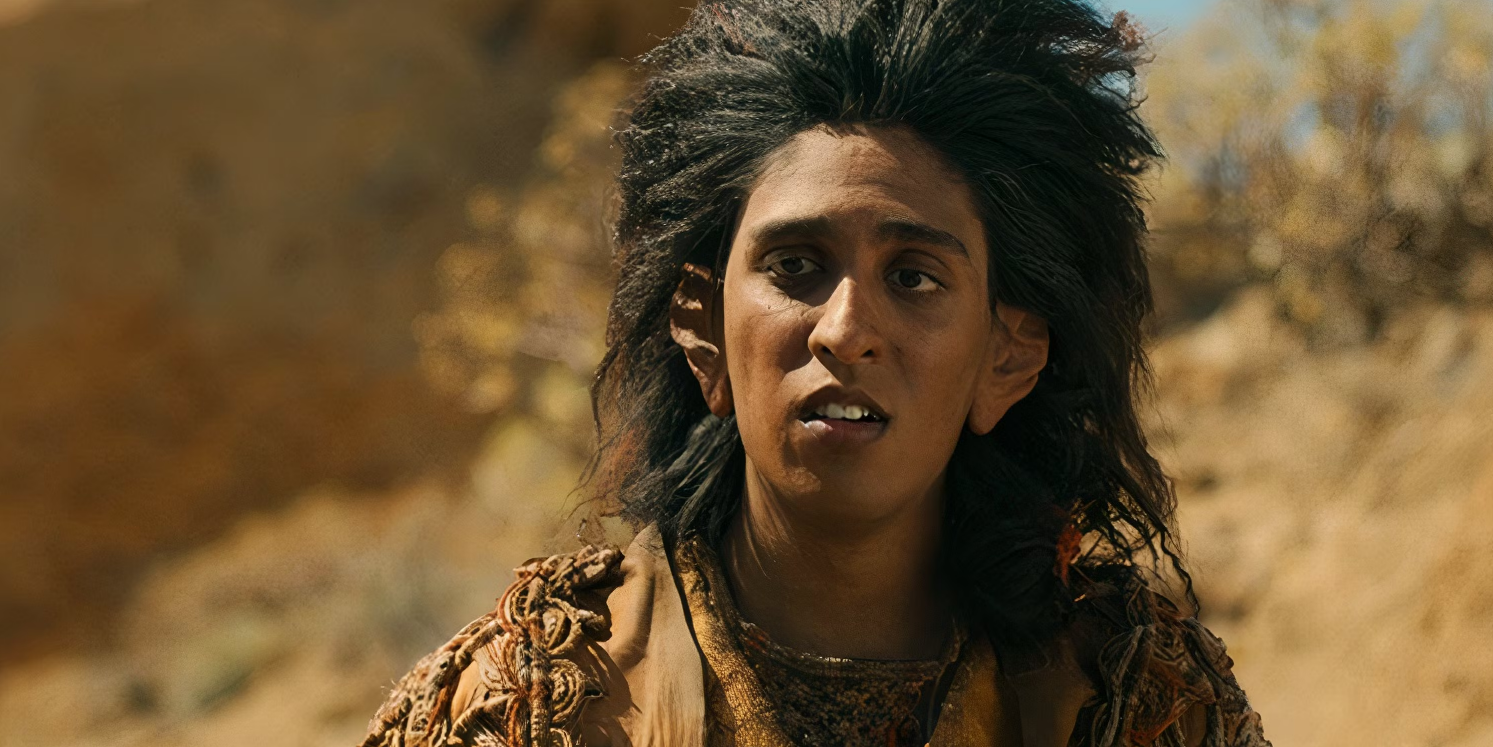
Season 3’s dramatic time leap is a gift to the Harfoot and Stoor storylines, allowing the halfling migration to move along significantly and solving the practical challenge of the young cast’s natural aging in one swoop. Nori and her nomadic companions, having bid farewell to Daniel Weyman’s Gandalf, now face their greatest exodus yet—a journey poised toward the fertile western lands that will one day become the Shire. Gandalf’s well-established fondness for hobbits never had a specific origin, and it stands to reason his role in rescuing the Stoors and forging the bond between proto-hobbits would be pivotal in shaping their future lives and homes.
With the War of the Elves and Sauron raging, the halflings would be pushed further west in search of safety. While The Rings of Power isn’t afraid to tweak Tolkien’s lore, this migration fits within the established canon. Early Hobbit settlements were located near the Anduin Valley before eventually moving west of the Misty Mountains. With the Harfoots and Stoors already linked, Season 3 is also highly likely to introduce the third Hobbit strain—the Fallohides, who would later found the Shire—completing their lineage just in time to find their famous nesting spot.
2. The Fall of Númenor and Rise of Gondor Seem Inevitable in Rings of Power Season 3
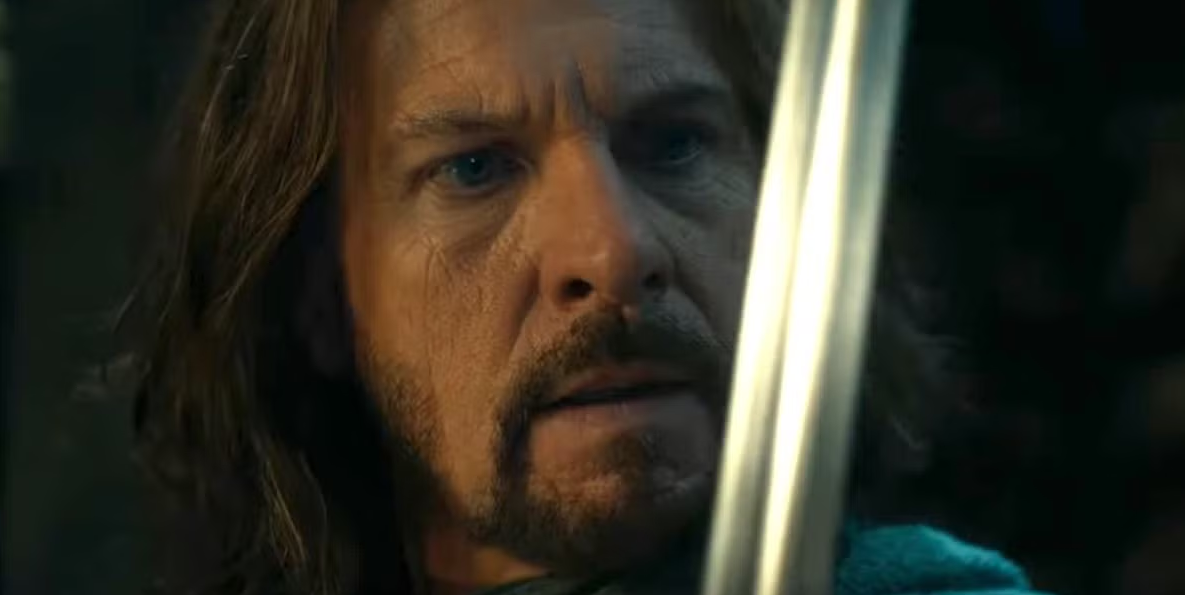
Season 3’s time jump will likely reveal Númenor at a critical point in their descent. With Queen Míriel’s ousted, creating a power vacuum that Pharazôn appears poised to exploit, the new season will showcase the island kingdom gradually abandoning its Elven alliances in favor of increasingly nationalistic policies. With Pharazôn consolidating control, the kingdom’s canonical descent into authoritarian rule will be in full effect. With the Elves rallying against Sauron, Númenor’s betrayal of their former allies during wartime, at the behest of dubious leaders like Kemen and Pharazôn, makes the nation primed to fall—pawns for Sauron.
The source material has an unwilling marriage between Pharazôn and Queen Miriel. Tolkien traditionalists are waiting to see how Amazon might adapt the questionable storyline, if at all. The Queen was last seen bestowing Elendil with the legendary sword Narsil, positioning him as the emerging leader of the Faithful. Elendil’s exile and impending reunion with his sons marks the setting of the stage for the family’s journey founding of Gondor and Arnor. As Númenor’s downfall looms, Middle-earth braces for the clash of old powers and new.
- The Creation of the One Ring Will Be Underway
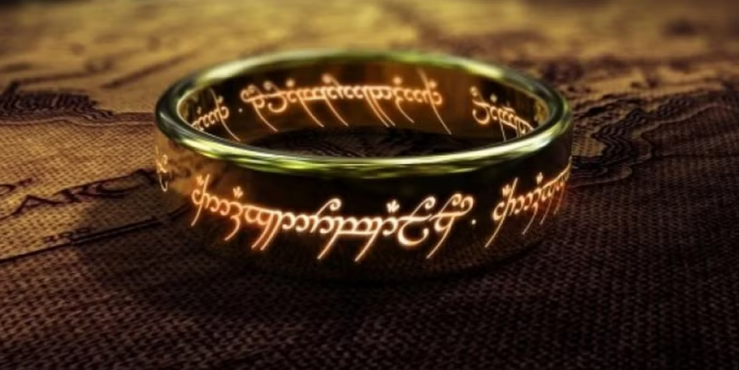
Season 3’s official logline confirms that Sauron “seeks to craft the One Ring that will give him the edge he needs to win the war.” This monumental event represents one of the most iconic moments in Tolkien’s legendarium, and its depiction will likely serve as a centerpiece for the upcoming season. The forging of the One Ring in the fires of Mount Doom transformed Middle-earth’s power dynamics permanently, and it’s never been depicted on screen. With access to the rights to do so, it’s hard to imagine showrunners McKay and Payne being able to resist the temptation to showcase such a critical event in the canon.
“The last time you see Sauron in [the Season 2 finale], he’s now inherited the [Feanor’s] hammer…After a defeat and a great loss, all you can do is pick yourself up and build something new.”
— Showrunner Patrick McKay via Deadline.
Season 3 would need to establish Sauron’s journey to Mordor and the foundation of his stronghold. After two seasons of careful character development for Charlie Vickers’ Sauron, the series has positioned itself to deliver what previous adaptations only briefly referenced: the actual forging sequence where Sauron creates the One Ring while speaking the infamous inscription. How the series navigates iconic moments like these will determine whether or not it cements itself as a worthy addition to Middle-earth’s on-screen legacy.
